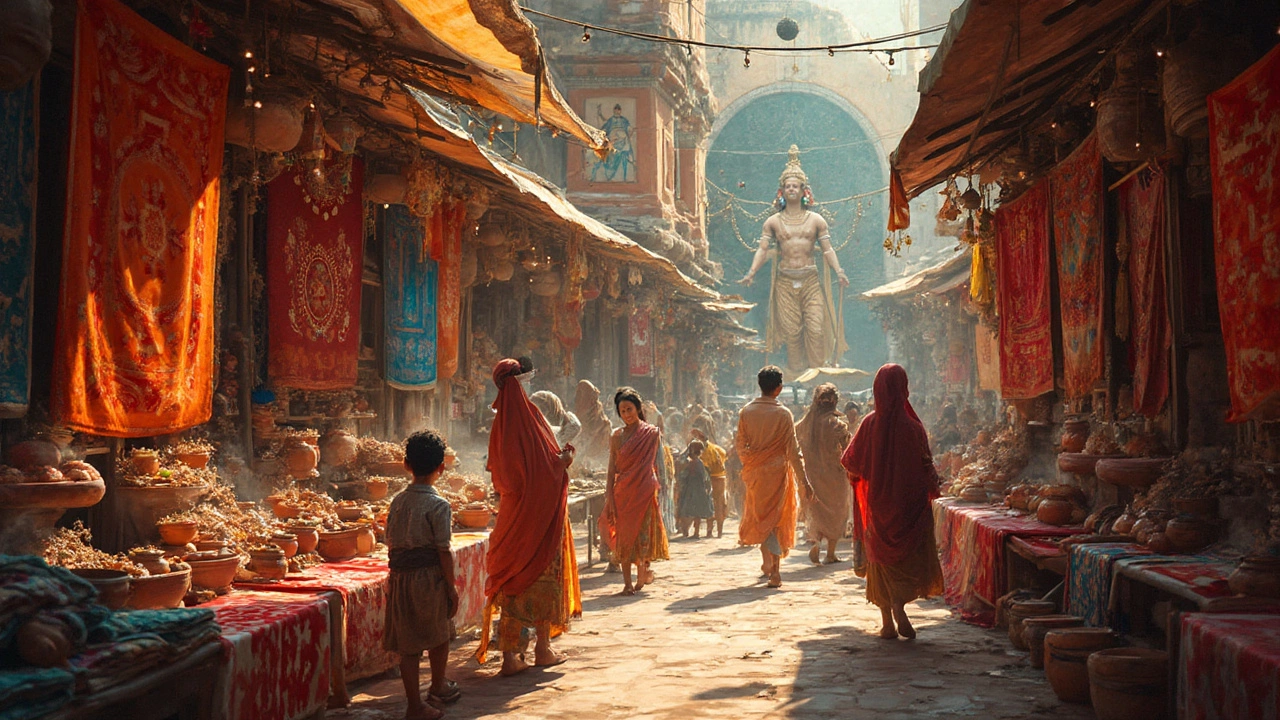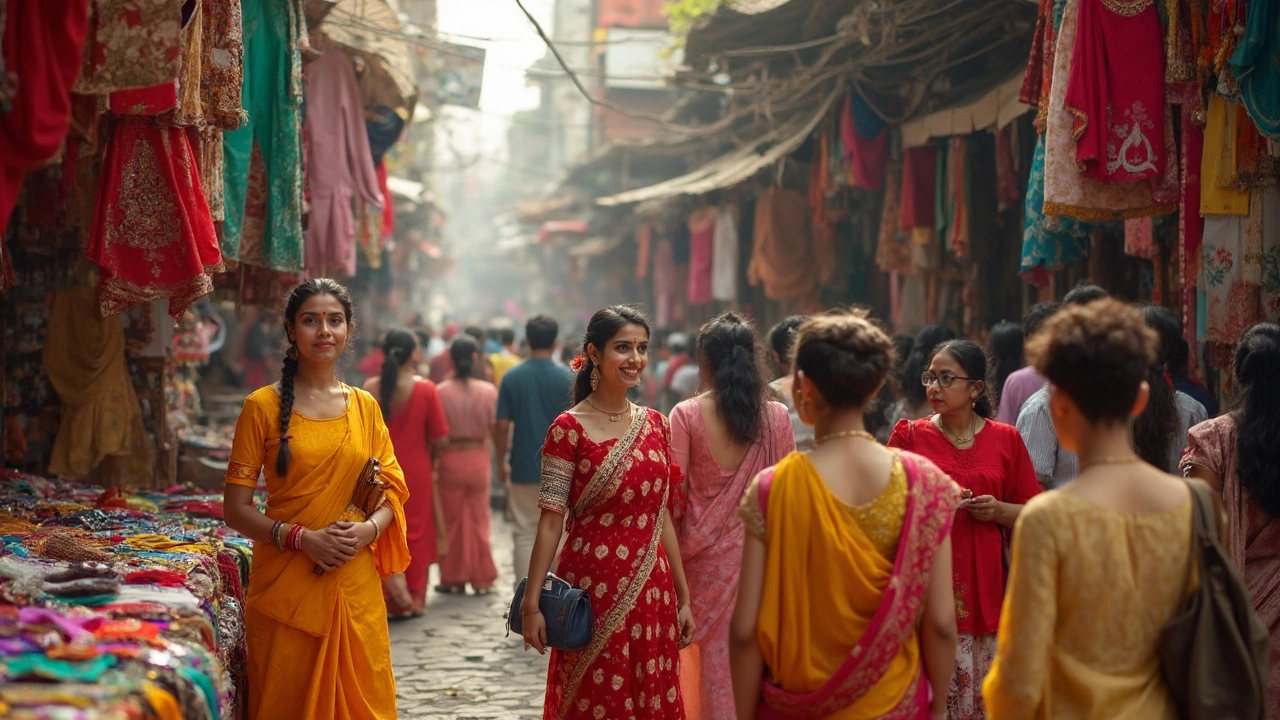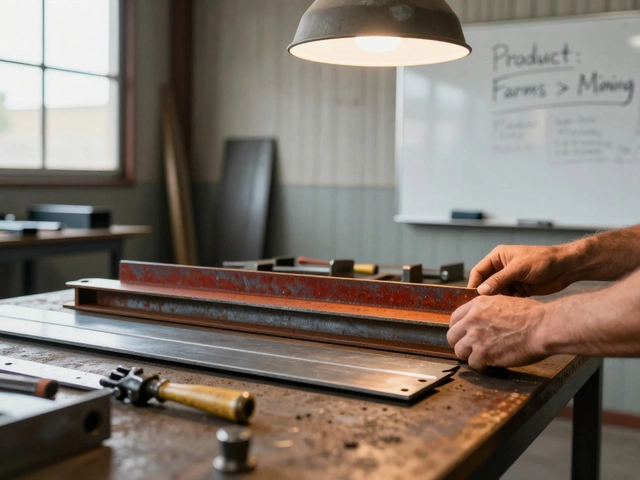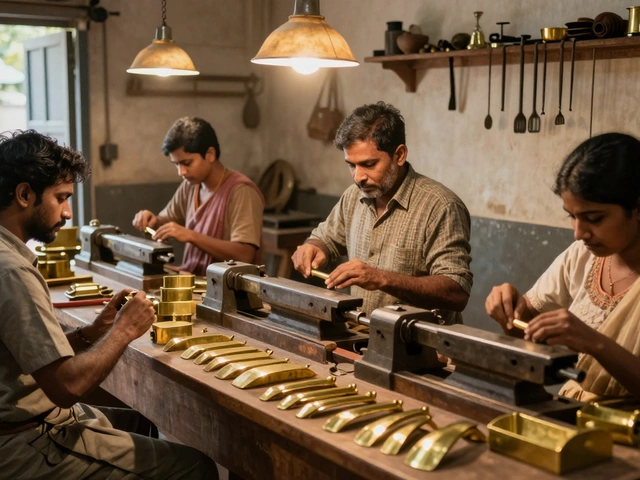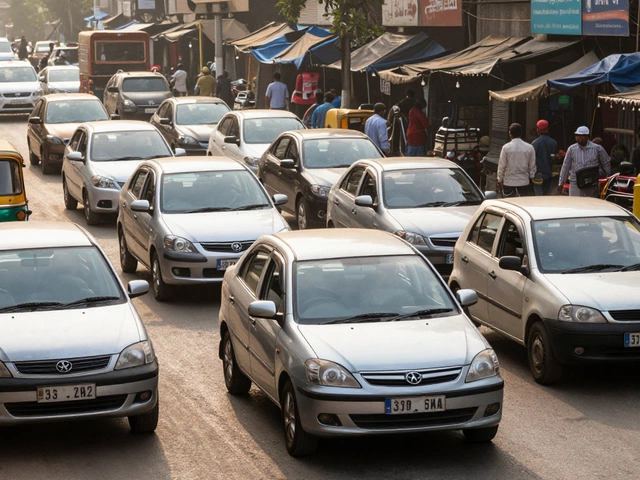Textile Manufacturers India: Who They Are and Why They Matter
Ever wondered where the fabrics you wear are actually made? In India, a mix of traditional looms and high‑tech mills power a massive textile sector that feeds everything from local boutiques to global brands. Knowing the key players helps you snag better prices, faster lead times, and more sustainable options.
What Types of Textile Manufacturers Exist?
India’s textile landscape isn’t one‑size‑fits‑all. You’ll find cotton growers who spin their own yarn, synthetic fiber producers making polyester and nylon, and specialist technical textile firms serving automotive or medical markets. Some companies focus on fabric weaving, while others specialize in printing, dyeing, or finishing. The biggest name in synthetic textiles, for example, runs thousands of kilns and supplies fabric to sportswear giants.
Choosing the right type depends on what you need. If you’re after eco‑friendly apparel, look for manufacturers who source organic cotton and use low‑impact dyes. For high‑performance gear, chase firms with ISO‑9001 certification in technical textiles. The good news is most Indian manufacturers are eager to share their process details – just ask for a sample kit or a virtual tour.
How to Pick the Right Manufacturer for Your Business
Start with a simple checklist: size, capacity, and compliance. Small‑scale units can offer flexibility and lower MOQs (minimum order quantities), but they might lack the machinery for large runs. Mid‑size mills often strike a balance, delivering decent volumes with quick turn‑arounds.
Next, dig into certifications. Look for GOTS (Global Organic Textile Standard) if organic is a must, or OEKO‑Tex for safety‑focused fabrics. These labels not only reassure you about quality but also make your products more marketable.
Don’t forget to ask about lead times and payment terms. Some manufacturers operate on a just‑in‑time model, which can reduce inventory costs, while others prefer upfront payments for raw material procurement. Clear communication early on saves headaches later.
Finally, test the waters with a small order. A pilot batch lets you assess color match, stitching quality, and packaging. If the sample passes, scale up with confidence. Most Indian factories welcome this approach and will even tweak the process based on your feedback.
Whether you’re a startup launching a fashion line or an established brand looking to relocate production, India’s textile manufacturers offer a mix of tradition, technology, and cost advantages. By understanding the different types of producers, checking certifications, and starting small, you can build a partnership that boosts quality and keeps margins healthy.
Ready to start? Grab a list of vetted manufacturers, reach out with specific requirements, and watch your product ideas turn into real, touch‑able fabrics.
Indian God of Textiles: History, Culture, and Industry Ties
Ever wondered who the Indian god of textiles is? This article uncovers the traditional stories, local legends, and historical roots linking gods to India’s rich textile tradition. You’ll see how mythology influences modern-day factories and the everyday fabric you wear. Learn why certain regions look to different deities and how this culture shapes today’s textile manufacturing. Plus, we’ll share fun facts and tips to spot these influences in your own shopping.
Read MoreIndia's Leading Textile Giant: The Largest Player in India
It's no surprise that the textile industry in India is massive, with several players competing for the coveted top spot. Vardhman Textiles Ltd. emerges as a front-runner, known for its extensive range of products and innovative practices. This article explores the factors contributing to its dominance, from its rich history to sustainable practices. Discover how Vardhman Textiles not only defines the scale but also sets the quality benchmark in the Indian textile market.
Read MoreDiscovering the Country with the Highest Demand for Indian Clothes
The demand for Indian clothes is soaring worldwide, with traditional garments attracting attention from diverse cultures. Exploring which country tops the charts reveals intriguing insights into global fashion trends and economic connections. Understanding key markets and consumer preferences can benefit Indian textile manufacturers looking to expand their reach. This article delves into data and cultural influences driving the demand for Indian apparel.
Read More